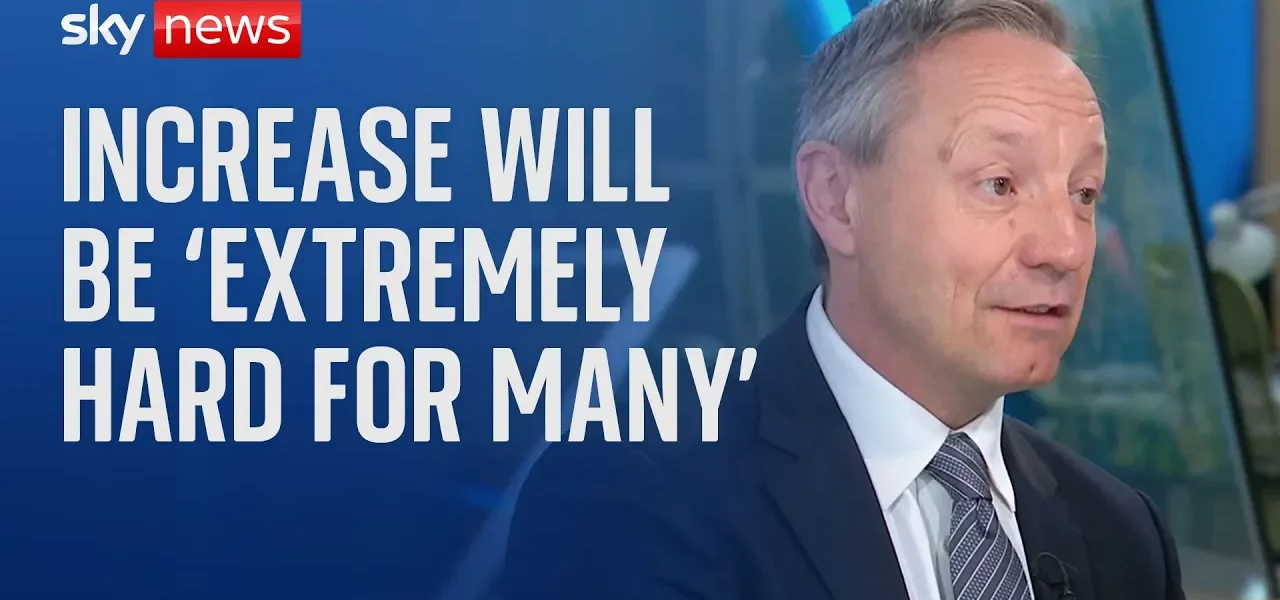Households Face Higher Energy Bills This Winter – OFGEM Insights

This article delves into the recent announcement by OFGEM regarding a 10% increase in the energy price cap, its impact on households, and the options available for consumers to manage their energy costs effectively this winter.
Introduction
As winter approaches, households across the UK are bracing themselves for another surge in energy bills. OFGEM, the energy regulator, has recently announced a significant increase in the energy price cap by approximately 10%. This adjustment translates to an average household paying £1,717 annually for dual fuel, adding about £122 to monthly bills. In this article, we will explore the reasons behind this rise, the impact on consumers, and the measures that can be taken to alleviate the financial burden during these challenging times.
Reasons for the Increase in Energy Prices
Jonathan Brey, the Chief Executive of OFGEM, highlighted a few key factors that have contributed to the increase in energy prices:
- International Gas Prices: The primary driver of the price cap increase is the rise in international gas prices. The gas used for heating homes and generating electricity has seen a significant price spike, which directly affects consumer bills.
- Market Volatility: The energy market remains volatile, and predictions about future price movements are uncertain. This unpredictability can lead to further fluctuations in energy costs.
Support Options for Households
With the rising costs, many households may feel overwhelmed. However, there are several support options available for those struggling to manage their energy bills:
Accessing State Benefits
It’s crucial for consumers to ensure they are taking full advantage of state benefits. For instance, there are approximately 880,000 pensioners who could be eligible for pension credit, which not only assists with cost-of-living expenses but also unlocks additional support for energy bills.
Energy Company Regulations
The energy sector is governed by strict regulations mandating that companies treat customers fairly. This includes:
- Providing flexibility in payment options.
- Offering assistance programs for those in financial distress.
Exploring the Market
Consumers are encouraged to explore the energy market for potentially better deals. For the first time in a long while, some competitive pricing options may be available, such as fixed-price plans that can provide stability against future price increases.
The Future of Energy Pricing
Looking ahead, the path to more stable energy prices lies in transforming the energy system:
Investment in Renewable Energy
To mitigate the reliance on fluctuating gas prices, a shift towards domestic renewable energy production is essential. This transition aligns with the government’s commitment to achieving net-zero emissions by 2030 and aims to create a more stable pricing environment.
Infrastructure Development
Significant investment in infrastructure is required to support this transition, including:
- Building new renewable energy facilities.
- Enhancing grid connections to transport energy efficiently.
- Ensuring community acceptance and support for new projects.
While these changes will take time, they are crucial for long-term price stability.
Concerns for Vulnerable Households
Amid the rising costs, particular concern exists for vulnerable households, especially pensioners. Many are unaware of the support they can access, such as:
- The warm home discount, which can provide substantial savings on energy bills.
- Programs aimed at improving home energy efficiency, reducing overall energy consumption.
Addressing these challenges requires a concerted effort from the government, energy companies, and regulators to ensure that support reaches those who need it most.
Conclusion
The increase in energy prices this winter presents a significant challenge for many households. However, by understanding the reasons behind the price hikes and exploring available support options, consumers can better navigate the financial pressures associated with rising energy costs. It is imperative that individuals take proactive steps to secure their entitlements and consider energy efficiency improvements for long-term savings. For further information on managing energy costs, please explore our related articles on energy efficiency and government support programs.
“`




